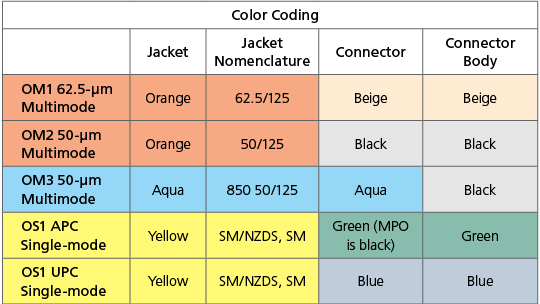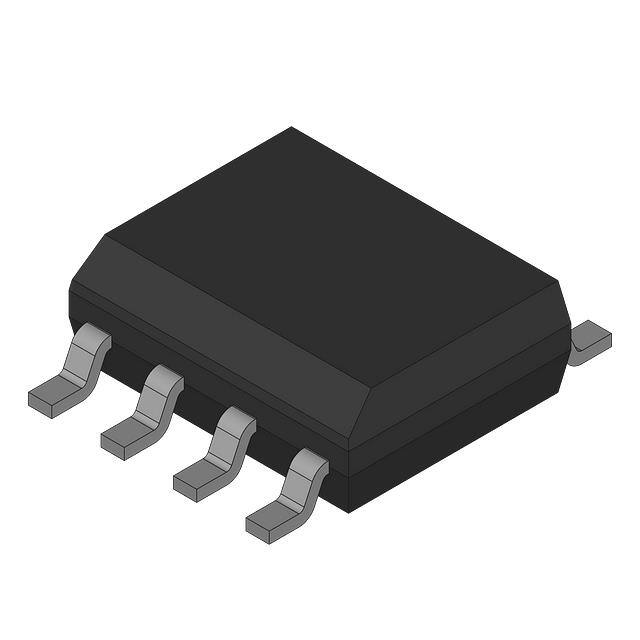Demystifying Fiber Optic Color Codes: A Comprehensive Guide
Table of Contents
• Introduction
• What is the Fiber Optic Color Code
• Which Parts of the Fiber Optic Cable are Color
• The Importance of Fiber Optic Color Code
• Understanding Different Fiber Types and Their Color Codes
• Simplifying Fiber Optic Color Code: Three Essential Categories
• Frequently Asked Questions
Introduction
Fiber optic color codes are essential tools in telecommunications and data transmission. These standardized color schemes are used to identify and manage the multiple fibers within a fiber optic cable. Each fiber is assigned a specific color, which simplifies the processes of installation, maintenance, and troubleshooting. The primary purpose of these color codes is to ensure accurate connections and efficient organization, which is crucial for the performance and reliability of high-speed communication networks. By adhering to these color standards, technicians can avoid costly errors and downtime, thereby maintaining the integrity and efficiency of fiber optic systems.
What is the Fiber Optic Color Code
The Fiber Optic Color Code is a standardized color scheme that identifies individual fibers within a fiber optic cable. This color coding helps technicians and engineers manage and organize fiber connections, ensuring proper alignment and troubleshooting.
Which Parts of the Fiber Optic Cable are Color
In a fiber optic cable, color coding is used in several key components to help identify and manage the individual fibers and their functions. The main parts of the fiber optic cable that are color-coded include:
• Individual Fibers: Each fiber within a fiber optic cable is color-coded. This is the primary application of the fiber optic color code, helping to distinguish between the different fibers for proper connection and troubleshooting.
• Buffer Tubes: In cables with many fibers, the fibers are grouped into buffer tubes. Each buffer tube is also color-coded to help identify the group of fibers it contains.
• Loose Tubes: Similar to buffer tubes, loose tubes are used to encase and protect fibers. They are color-coded to aid in identifying the fibers they contain.
• Ribbon Cables: In ribbon fiber optic cables, fibers are bonded together in a flat ribbon. Each fiber in the ribbon is color-coded, following the standard color code sequence.
The Importance of Fiber Optic Color Code
The fiber optic color code is crucial in telecommunications and data transmission. It simplifies fiber identification, allowing technicians to quickly and accurately distinguish each fiber within a cable, ensuring correct connections and reducing errors. This standardization is essential during installation, maintenance, and troubleshooting, enabling easy location and access to specific fibers. The consistent use of color codes across different manufacturers and technicians ensures interoperability and accurate record-keeping, facilitating future upgrades and repairs. Overall, the fiber optic color code enhances the reliability, efficiency, and accuracy of managing fiber optic networks.
Understanding Different Fiber Types and Their Color Codes
| Fiber Type | Color Code | Usage |
|---|---|---|
| Single-mode Fiber (SMF) | Yellow jacket | Long-distance and high-bandwidth application |
| Multimode Fiber (MMF) | OM1/OM2: Orange jacketOM3/OM4: Aqua or Erika Violet jacket | Shorter distances, data centers, and LANs |
| Outdoor Fiber | Black jacket | Harsh environments, outside plant installations |
| Indoor Fiber | Varies, follows standard fiber color code | Inside buildings |
| Armored Fiber | Metallic or black jacket | High protection areas, industrial settings |
Simplifying Fiber Optic Color Codes: Three Essential Categories
Three vital categories comprise fiber optic color codes: Cable Jacket, inner Fiber, and Connector. Simplifying identification and maintenance processes for fiber optic systems.
(1) Cable Jacket Color Code
Fiber optic cables used in external plants and premises, like distribution and patchcables, often have colored outer jackets or printing for easy identification.
The EIA/TIA-598 standard defined the outer jacket color codes for the different fibers. Therefore, for fiber optic cables that contain only one type of cable, we can quickly identify them by color.
However, when the premises cable has more than one fiber type, the outer jacket should include a printed legend identifying the number and kind of fibers inside the cable. That will help the user to specify the fiber count and type quickly. For example, print “12 Fiber, 8 x 50/125, 4 x SM.” on the cable.

(2) Inner Fiber Color Code
The inner fiber color code refers to the standardized colors used to identify individual fibers within a fiber optic cable. This color code is crucial for proper installation, maintenance, and troubleshooting of fiber optic networks. Here's the standard color code for individual fibers within a fiber optic cable:

This sequence typically repeats for cables with more than 12 fibers, with added markers or stripes to indicate higher groups. Each color corresponds to a specific fiber, allowing technicians to easily identify and manage individual fibers within the cable. This standardized color code ensures consistency across installations and simplifies maintenance and troubleshooting processes.
(3) Connector Color Code
Generally, we can use different color coding to help identify the type of connector used on a fiber optic patch cable. Standard multimode OM1/OM2 fiber optic patch cords are usually beige or black, while OM3 and OM4 are aqua and magenta respectively.
Originally, orange, black or grey was used for multimode fiber and yellow for single-mode fiber. However, since the use of metal connectors, the fiber connector bodies for the following fiber types are identified by a different cable sheath color:
• 62.5/125 – Beige
• 50/125 – Black
• 50/125 Aqua
• OM5 – Lime
• Single-mode – Blue
• Single-mode APC – Green

Note: the same fiber color code is also used for the strain relief/mating adaptor.
Frequently Asked Questions
Q1: What is the purpose of the fiber optic color code?
A1: The fiber optic color code is used to identify individual fibers within a fiber optic cable, facilitating proper installation, maintenance, and troubleshooting of fiber optic networks.
Q2: How are fibers identified within a cable using the color code?
A2: Each fiber within a cable is assigned a specific color according to the standardized color code sequence, allowing technicians to distinguish between different fibers.
Q3: What are the consequences of not following the fiber optic color code?
A3: Not adhering to the color code can lead to confusion during installation and maintenance, resulting in incorrect connections, troubleshooting difficulties, and potentially network downtime.
Q4: Are there variations in the fiber optic color code depending on the cable type or manufacturer?
A4: While the basic color sequence remains consistent, there may be variations in the color code for specific cable types or among different manufacturers. It's essential to verify the color code used for a particular installation or follow any organizational standards in place.
Q5: How does temperature affect the visibility and accuracy of the color code?
A5: Extreme temperatures can potentially impact the visibility and accuracy of the color code markings on fiber optic cables. It's important to consider environmental factors during installation to ensure the color code remains intact and visible.
Q6: Is the fiber optic color code standardized internationally?
A6: Yes, the fiber optic color code follows international standards to promote consistency and interoperability across different regions and systems.


